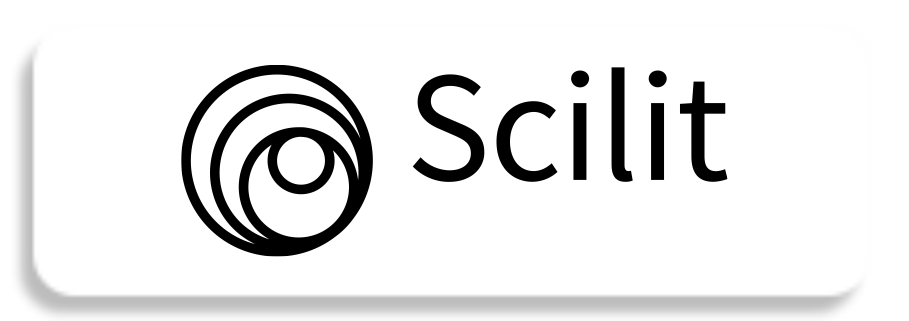Analysis of Government Regulation Number 39 of 2021 and Islamic Law on Slaughter Products at the Mr. Edi Sugara’s Poultry Slaughterhouse
DOI:
https://doi.org/10.62568/jomn.v1i1.108Abstract
Slaughter is a way to release the life of an animal using a very easy method, do not hurt, using a sharp knife. One of them is the slaughter of poultry in poultry slaughterhouses that provide poultry (ducks) for the community and are sent to ready-to-eat restaurants. In the villages, many have opened these businesses. However, many poultry slaughterhouse managers do not know the exact slaughter procedures in accordance with Islamic Law and Government Regulation Number 39 of 2021 concerning Halal Product Assurance which will later affect a slaughter result. The purpose of this study is to analyze animal slaughter products at the poultry slaughterhouse of Mr. Edi Sugara in review of Islamic Law and in Government Regulation Number 39 of 2021. The research method used is an empirical juridical approach or called field research. The data collection techniques used were structured interviews, observations, and document studies. The data analysis used in this study used qualitative descriptive. Researchers test and ascertain the validity of the data using triangulation techniques. The results of this research found that animal slaughter products (ducks) at The Poultry Slaughterhouse of Mr. Edi Sugara are in accordance with Islamic Law so that they meet halal slaughter products in Government Regulation Number 39 of 2021.
References
Hayat, M. N., Kumar, P., & Sazili, A. Q. (2023). Are spiritual, ethical, and eating qualities of poultry meat influenced by current and frequency during electrical water bath stunning? Poultry Science Journal, 102(9), 102838. https://doi.org/10.1016/j.psj.2023.102838
Horák, F., & Lacko, D. (2023). Triangulation of Theoretical and Empirical Conceptualizations Related to the Rule of Law. Hague Journal on the Rule of Law, 15(1), 191–216. https://doi.org/10.1007/s40803-022-00181-x
Kilci, Z., Cetin, R. U., Ates, K., & Tutak, D. (2023). An innovative application developed to determine the blood output of chickens and its impact on the meat quality in poultry slaughtering. Poultry Science Journal, 102(12). https://doi.org/10.1016/j.psj.2023.103080
Muamar, A., & Jumena, J. (2020). Standarisasi Halal Majelis Ulama Indonesia dalam Penyembelihan Ayam di Desa Kertawinangun Cirebon. Al-Ahkam Jurnal Ilmu Syari’ah Dan Hukum, 5(1), 89–72. https://doi.org/10.22515/alahkam.v5i1.2165
Muflikh, D. A., & Ardyansyah, F. (2023). Analisis Aktivitas Bisnis Pemotongan Hewan dalam Perspektif Etika Bisnis Islam (Studi pada Rumah Potong Unggas di Kalimati Tengah, Surabaya). Al-Istimrar: Jurnal Ekonomi Syariah, 2(1), 69–78. https://doi.org/10.59342/istimrar.v2i1.254
Nawawi, M., & Peristiwo, H. (2022). ’URF : Application Halal Animal Slaughter Practice. INTERNATIONAL JOURNAL MATHLA’UL ANWAR OF HALAL ISSUES, 2(2), 1–4.
Noble, H., & Heale, R. (2019). Triangulation in research, with examples. Evidence-Based Nursing, 22(3), 67–68. https://doi.org/10.1136/ebnurs-2019-103145
Peraturan Pemerintah Republik Indonesia Nomor 39 Tahun 2021 Tentang Penyelenggaraan Bidang Jaminan Produk Halal, Goverment of The Republic of Indonesia 1 (2021). http://www.halalmui.org/images/stories/kebijakan-halal-di-indonesia/PP_Nomor_39_Tahun_2021.pdf
Saptana, S., Fadhil, R., & Perwita, A. D. (2020). Sustainable Development Strategy on Poultry Industry in Indonesia. Jurnal Hukum Ekonomi Syariah, 3(1), 1–25. https://doi.org/10.30595/jhes.v0i0.6969
Solek, M. (2018). Juru Sembelih Halal Berbasis Pada Walisongo Halal Research Center (WHRC). Dimas: Jurnal Pemikiran Agama Untuk Pemberdayaan, 17(2), 297. https://doi.org/10.21580/dms.2017.172.2431
Yani, A., Suryadi, R. A., & Nurrohman, N. (2020). Stunning on Animals Slaughter on Islamic Law Perspective. Jurnal Ilmiah Al-Syir’ah, 18(1), 77. https://doi.org/10.30984/jis.v18i1.1103
Downloads
Submitted
Accepted
Published
How to Cite
Issue
Section
License
Copyright (c) 2024 Ninik Wilujeng, Abdul Hadi Bin Abdul Satar, Gavkhar Zokirova

This work is licensed under a Creative Commons Attribution 4.0 International License.
















